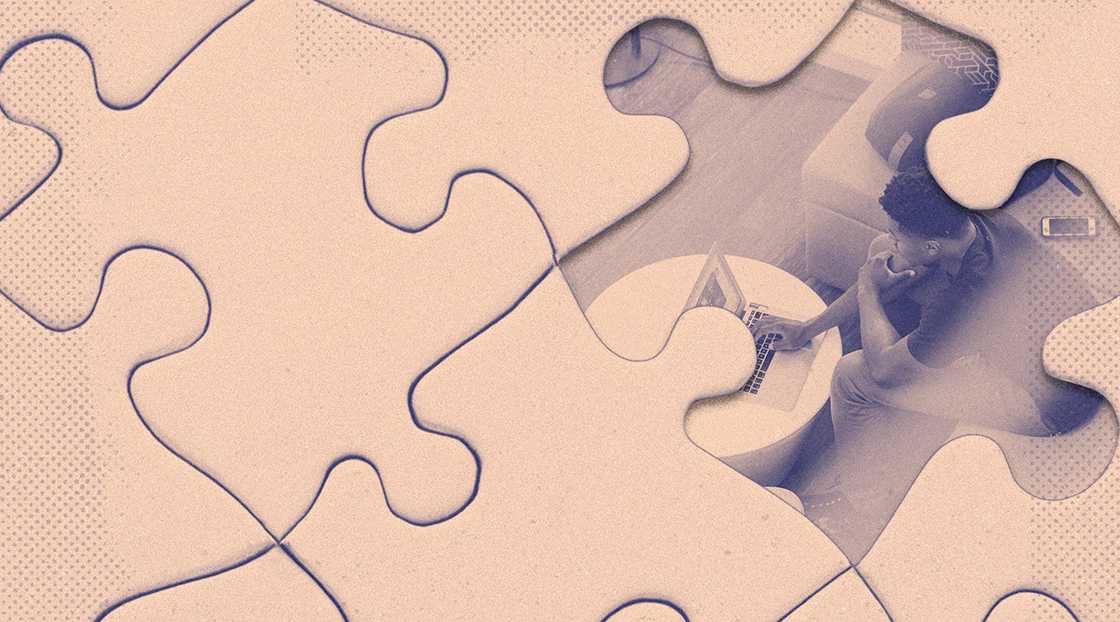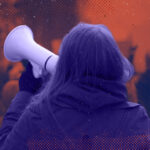Stoked by the haunting and traumatic video of George Floyd’s death at the hands of police in Minneapolis and the subsequent spotlighting of similar abuses, a nationwide and global “racial reckoning” has forced nearly every industry – including higher ed – to confront systemic racism at all levels.
Minor was hardly the only Black leader in higher education advancement for whom the recollections of such small but insidious incidents bubbled back up this summer.
“For many of us who have worked and continue to serve PWIs (predominantly white institutions), this has been a time of reckoning as issues of institutionalized bias that we have faced throughout our careers have now come to the forefront,” said Kim Nyoni, associate vice president for development at the University of Nevada, Las Vegas. “Many of our non-minoritized colleagues in the industry don’t quite understand that they have a critical role to play in addressing inequities. This is not just an issue that impacts Black professionals, it’s a systemic failure.”
The breadth and candor of these discussions are new to many, but to Minor and Nyoni they are an amplification of conversations that Black advancement leaders have been having for years.
“Racism is embedded in our advancement programs and we just don’t know it. There is a lot of work that needs to be done.” – Rob Henry, CASE
“Every time I would go to a conference, I would pull together Black professionals, because we needed time to just be,” said Angelique Grant, a senior consultant and vice president at Aspen Leadership Group and co-author of the forthcoming book, “Diversity, Equity, and Inclusion in Advancement: A Guide to Strengthening Engagement and Fundraising Through Inclusion.” Over time, these conference gatherings led to an exchange of ideas and practices that, if codified and adopted, could lead to substantive and visible change.
That potential turned to reality when these ideas were formally put forth in a recent pledge by Black leaders in advancement. Co-signed by Grant, Minor, Nyoni, and 16 other senior leaders, it is a call to action for higher ed leaders to make advancement teams more diverse in their staffing and more inclusive of different perspectives and experiences. More than just a pledge, though, the statement goes on to outline concrete steps that institutions and leaders can take to bring these changes to life.
Advancement teams can influence long-term changes in higher ed, so it is crucial that the long-overdue discussions and the development of processes designed to combat bias in higher ed are driven by advancement teams inclusive of, and focusing on, Black representation. Indeed, the push for representation of all people of color, the LGBTQ+ community, people with disabilities, and other underrepresented groups will be a long, but necessary haul – and one that is long overdue.
The State of Diversity in Advancement
There have been improvements over the decades when it comes to increasing diverse representation in higher education advancement, but the numbers illustrate how far there is to go.
According to membership surveys by the Council for Advancement and Support of Education (CASE), underrepresented groups comprised 9 percent of professionals in 2013. By 2017, the number rose to 16 percent – indicating progress, but still plenty of room for improvement.
There are many motivations to continue that progress. For one, changing demographics mean that today’s diverse student bodies will soon be alumni and prospective donors. While it is not necessary to match donors with development officers merely based on their racial identity, a 2015 CASE report on diversity in advancement indicates that alumni from underrepresented groups do want to see more equal representation in the leadership of their schools
It’s also easy for White leaders to underestimate the mental and emotional impacts that Black and other underrepresented groups grapple with when they are the “only one.” According to the CASE report, informal networks of non-minority professionals and the failure to acknowledge social divides can make it challenging for talented, dedicated employees to thrive.
“This is not just an issue that impacts black professionals, it’s a systemic failure.” – Kim Nyoni, UNLV
And while colleges and universities take measures to create welcoming environments for students and to diversify their faculty ranks, it’s important for all parts of the organization to reflect those values. That includes board representation, where a lack of diversity in ideas can lead to stagnation and a failure to clearly see the challenges facing the entire institution.
Then there is simply the moral imperative to do a better job.
“My greatest fear is that there is so much racism embedded in everything we do and our everyday lives,” said Rob Henry, vice president of education at CASE. “That same racism is embedded in our advancement programs and we just don’t know it. There is a lot of work that needs to be done.”
Taking Concrete Steps Toward Change
The African-American Development Officers Network (AADO) is working on several ways to hold organizations accountable, including a Diversity Scorecard which can help departments self-monitor progress in hiring, promotion, and retention.
Birgit Smith Burton, founder of AADO, said the group is also launching a recognition framework that will award institutions with official AADO designations such as Gold Standard, Diversity Seal of Approval, and Diversity Advocate.
“They will have the privilege of displaying the specific logo on their website, newsletters, and stationery,” said Burton, who is executive director of foundation relations at Georgia Institute of Technology. “They will also be listed on the AADO website.”
So where does a senior leader or advancement executive start?
“Start somewhere,” Grant said. “Start anywhere. We are in this with you and we want to see change and movement.”
Those I spoke to for this story said the following steps are the beginning points for increasing the diversity of perspectives in advancement offices.
Listen: “Put together focus groups and talk about issues to get some of the hurt out,” Minor says. “After people have been able to express that…people begin to trust more, and then you are able to talk about how to change.”
Train: When Minor started as UNC’s advancement VP, he initiated a University Advancement Symposium that now attracts more than 500 UNC employees each year. “I have always been intentional about including a plenary speaker or breakout session that addresses equity and unconscious bias,” he said.
Recruit and retain: Don’t post jobs and pray that people of color will apply, Nyoni said. Go beyond job boards and even consider looking outside higher education. The “Rooney Rule,” employed in the National Football League, is a step that organizations can take to guarantee that Black and other underrepresented candidates are interviewed in every search.
Mentor: Formal programs that create a pipeline of Black and other diverse candidates are vital. Initiatives from industry associations can help bridge the gap, but universities can establish their own internal programs to nurture young, diverse talent.
Evaluate: Firms like Aspen Leadership Group conduct independent, rigorous assessments of how organizations are doing on diversity matters, Grant says. Consultants are able to tease out issues that are difficult or nearly impossible for internal leadership to diagnose on their own.
Promote: There is a definite “color ceiling” within advancement shops, according to the CASE report. “Until we change the leadership, I am not sure we are going to change our culture,” Henry said. “It is the culture that eliminates the diversity.”
Invest: Public declarations of support of historically underserved populations are a start, but it is not enough to simply issue a statement or press release. Diversity programs, training, and evaluation must be backed up by substantial investments.
The next steps the signatories of the leadership pledge plan to take are to disseminate action plans to the entire industry through groups like CASE, AADO, and the Association of Fundraising Professionals.
“If every university took these steps,” Nyoni said, “we could tackle this issue in a decade… it’s time to truly push the field of higher education to be what it is meant to be.”








